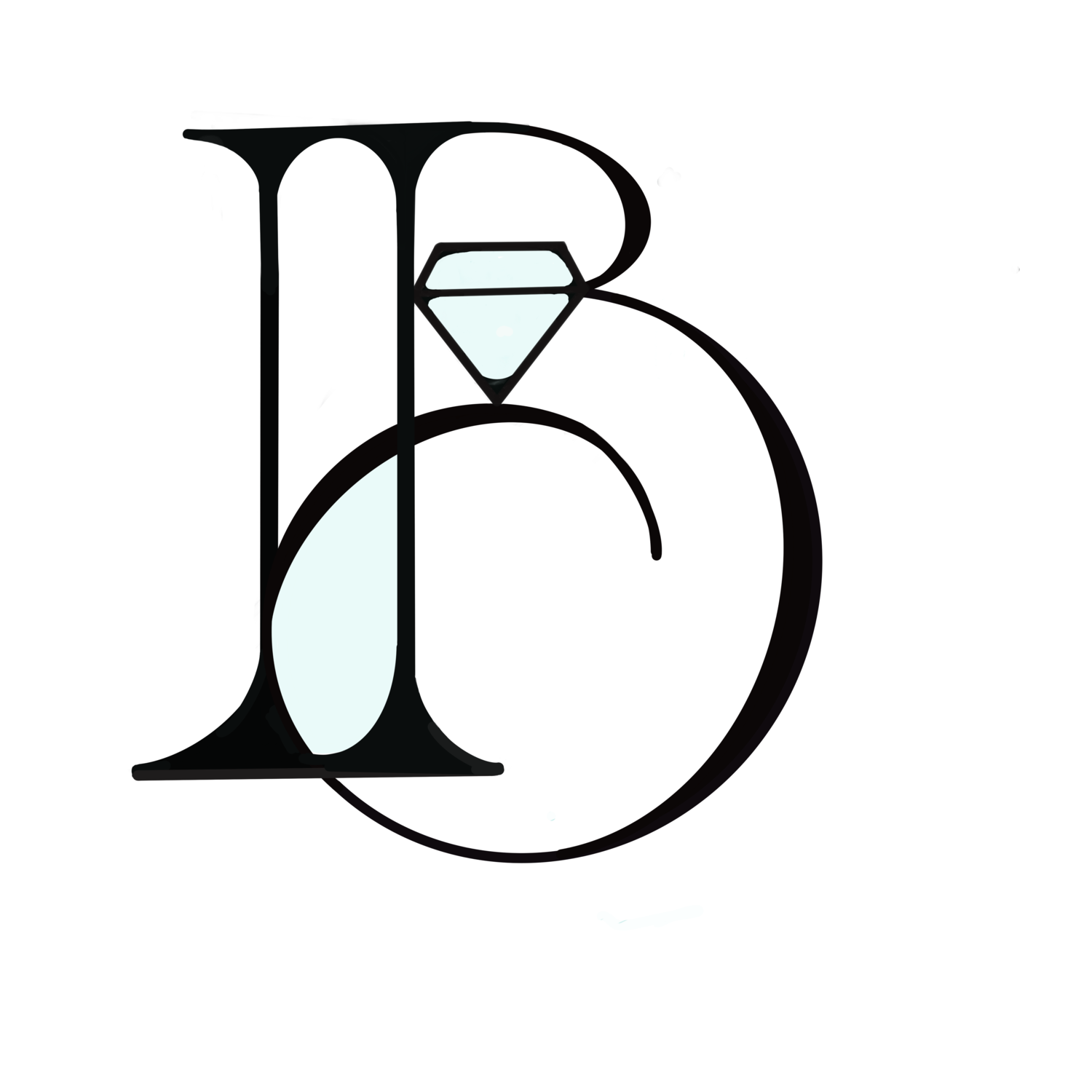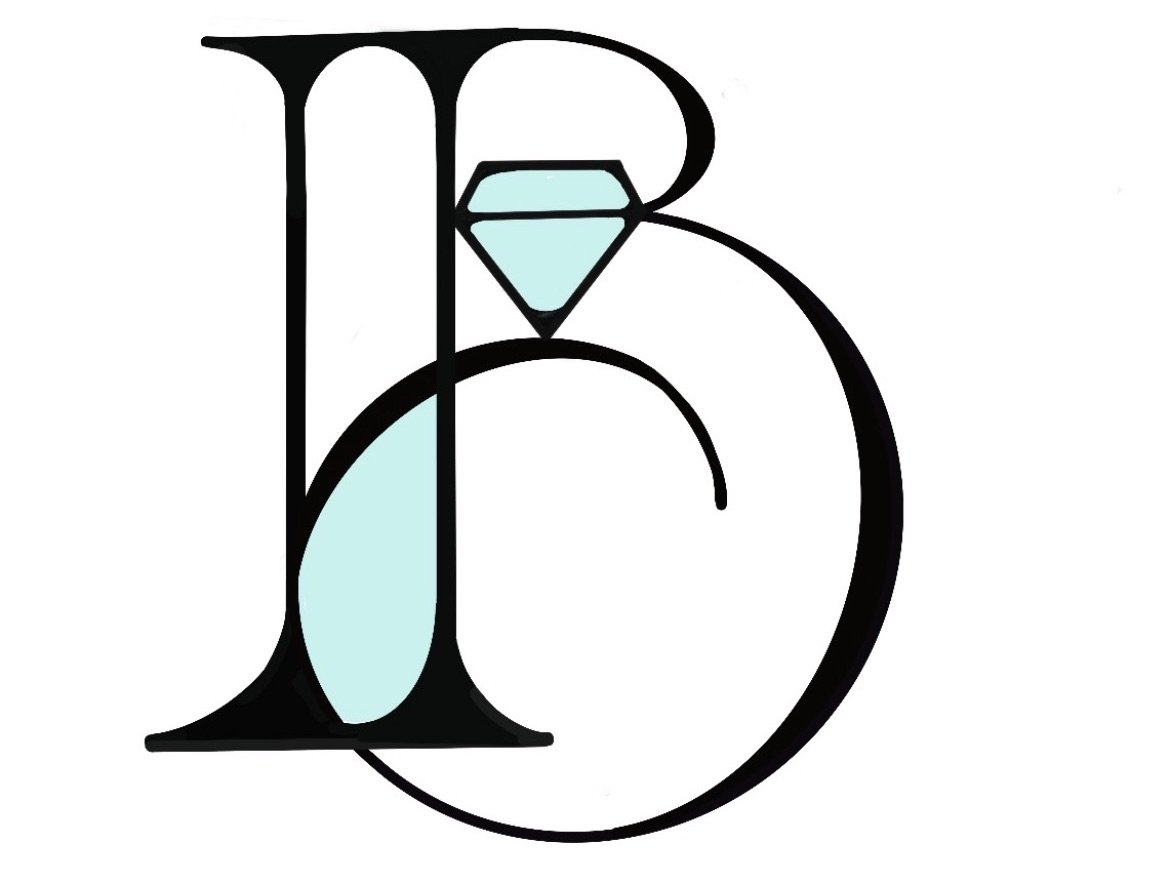Beyond the 4c’s
THE ROUGH - First and foremost is the quality of the material. If you have a beautiful crystal that has been cut properly, it will always outshine a hazy or milky diamond regardless of the color and clarity. This is something that isn’t usually obvious on a GIA report, even to a seasoned expert. In some cases there are tell-tale signs that would indicate that the diamond was cut out of a cloudy piece of rough.
CUT - After the quality of the material comes the cut, as in how well it’s cut. With round diamonds the parameters of the cut are generally more critical and therefore there is a cut grade (from excellent to poor) which, as a rule of thumb, indicates a more or less brilliant stone. The depth, table, crown and pavilion angles in conjunction with the brillianteering (the final faceting stage when cutting the diamond) have the greatest effect on the liveliness of the diamond. To the naked eye, the polish and symmetry can also sometimes make a slight difference in the consistency of the refraction of light off of the diamond. With all of the other shapes, known as fancy shapes, the cut parameters are very different and vary from shape to shape. The
HIGH PERFORMING DIAMOND
Be clear, be confident and don’t overthink it. The beauty of your story is that it’s going to continue to evolve and your site can evolve with it. Your goal should be to make it feel right for right now. Later will take care of itself. It always does.

